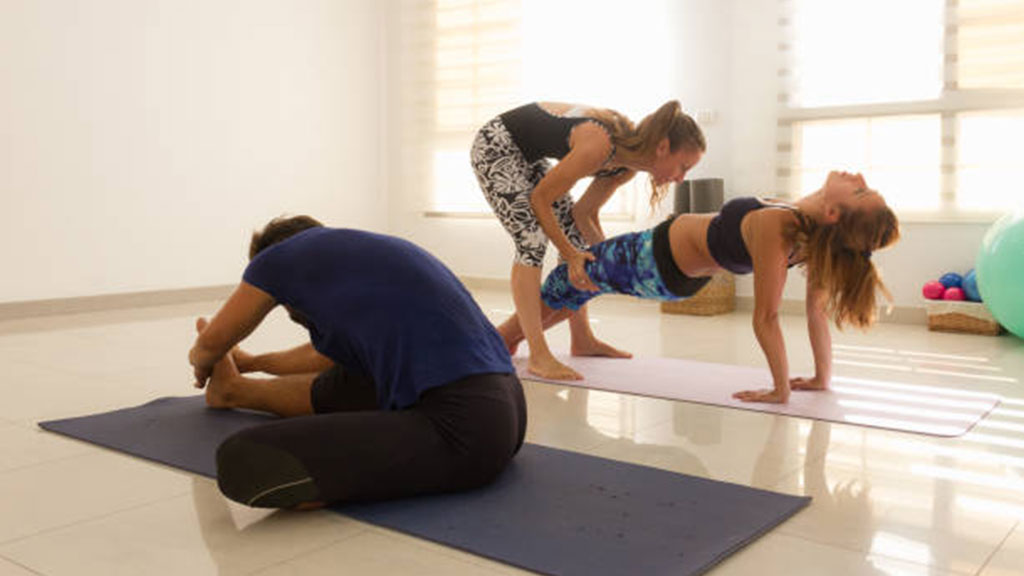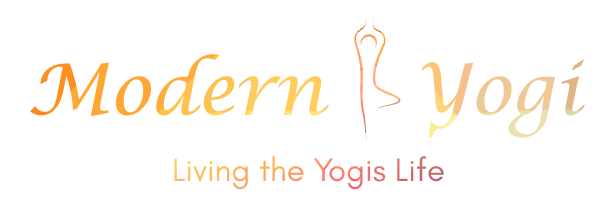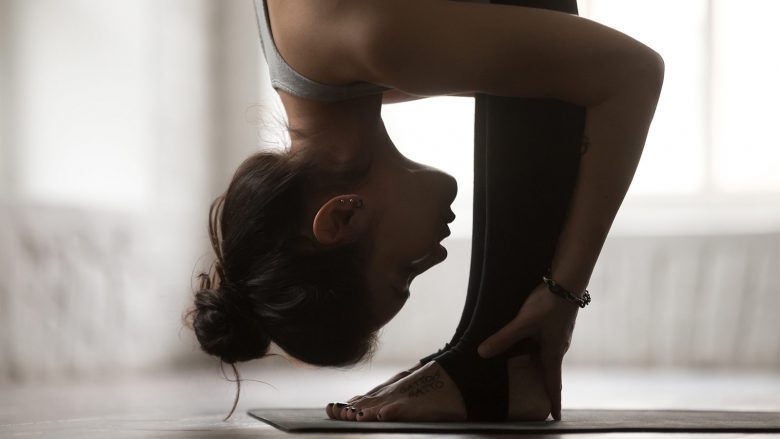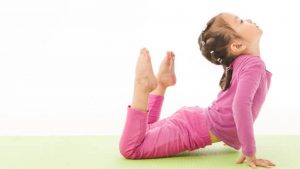All the practitioners of Ashtanga Yoga know what a Mysore class is. The Mysore practice of ashtanga yoga is the traditional way of practicing ashtanga – as non-guided practice. Mysore is named after the south Indian town, where the late K Pattabhi Jois, the establisher of ashtanga yoga taught until his death, whereas his relatives teach till today.
Practitioners of different levels and ages, come into the Mysore sessions, usually very early in the morning, open their mats, sing the introductory mantra – which is a thank you to the old teachers and wise men for keeping alive the tradition till today – and start their practice.

Ashtanga yoga practice is based on the repetition of specific postures-asanas that form the different series. There are six series! With frequent practice, the practitioners learn the sequence of the postures, complete the series and improve their level, starting always from the first series, known as yoga chikitsa. In Mysore, each one has his own pace and his own series of asanas, he practices individually and develops his own practice with persistence and patience.
The teacher of a Mysore class does not guide simultaneously all the practitioners but each one individually when is needed, by giving answers to their questions, useful tips to achieve or improve a posture, even asana variations based each person’s body. There are flexible bodies but not strong or strong bodies but not flexible or bodies with injuries, serious muscle stiffnesses, even disabilities. The Yoga practice must serve the practitioner and not the opposite.
I practice ashtanga yoga for about 3-4 years in a kind of one to one led – Mysore class in my home. I have avoided the traditional Mysore class with all kind of excuses – it is too early in the morning for me, I am stiff in the morning – till my first formal ashtanga yoga retreat where I finally got introduced to it.

For a week, every morning at 8 am, I was standing on my mat with my palms united in front of my heart, hearing all the practitioners singing the introductory mantra which helped my soul and mind to relax. After a while, the class was starting to vibrate from the dynamic and rhythmic ujjayi breath of all the participants, and hot energy, a floating heat, the power of fire was filling the place, and helped my body to get warm quickly finding its flexibility after the morning stiffness. I was completing the first series of ashtanga yoga after two hours of practice daily without the usual guidance of my teacher from one asana to another. The moments when the responsible teacher of Mysore session was watching me personally correcting my alignment, giving useful tips for my type of body or guiding my body with her hands deeper into asanas that I have not achieved yet – the famous adjustments – were the most interesting and important experience of my first Mysore class.
This way of daily practice, the same sequence of postures/asanas of the first series of ashtanga yoga without guidance, demanded from me to deal with anything distracting my mind from being calm and exercised it to focus more easily. It helped me to be the teacher of my own self, to focus on my breath and my movement through the breath for two hours, something like a moving meditation, an inner practice.
At the end of each Mysore practice, I came out with a feeling of sweet exhaustion but a calmer mind, a happier soul, and more self-confidence. Ready to deal with anything! What a nice feeling this was!!!
Namaste




